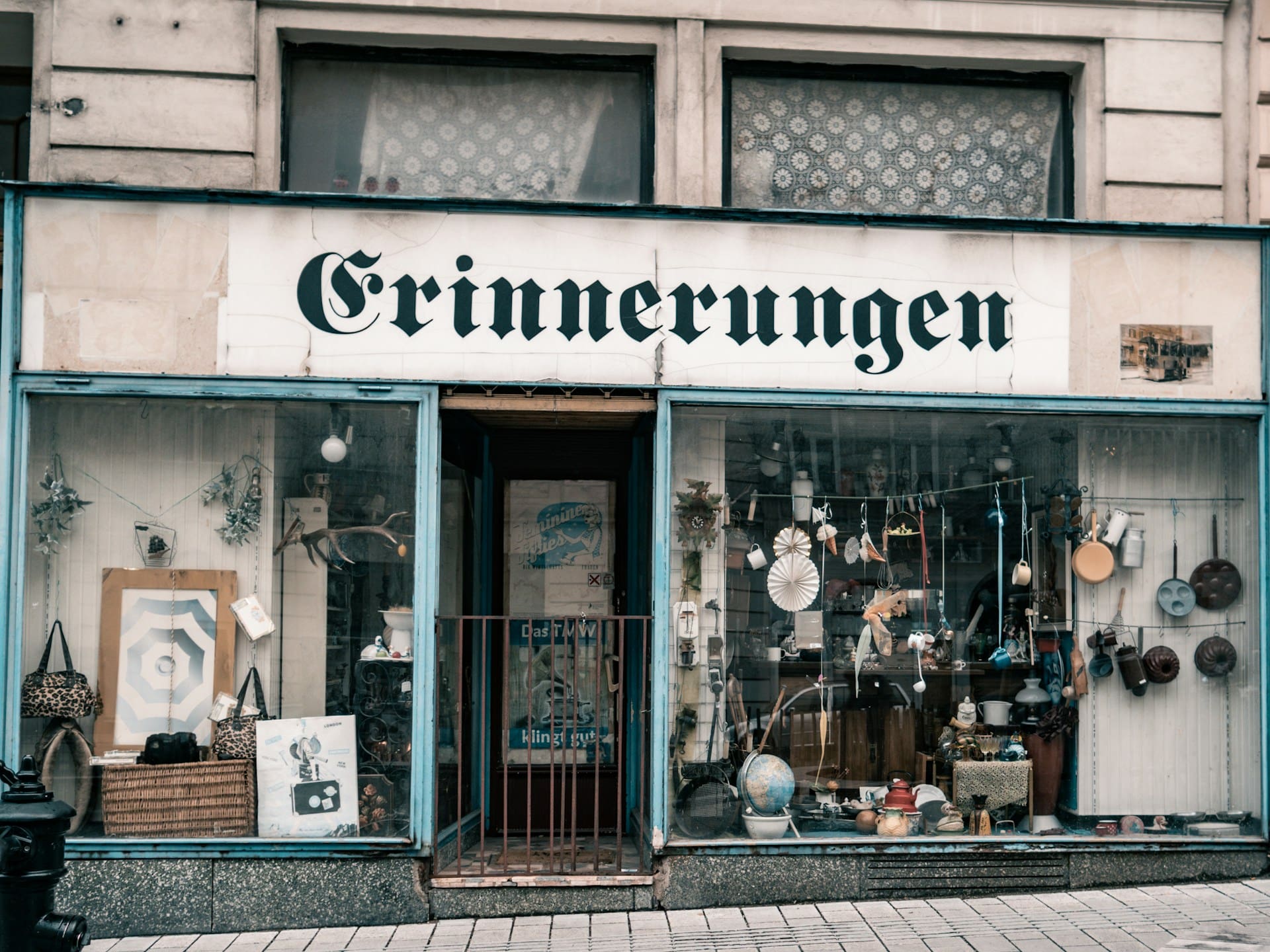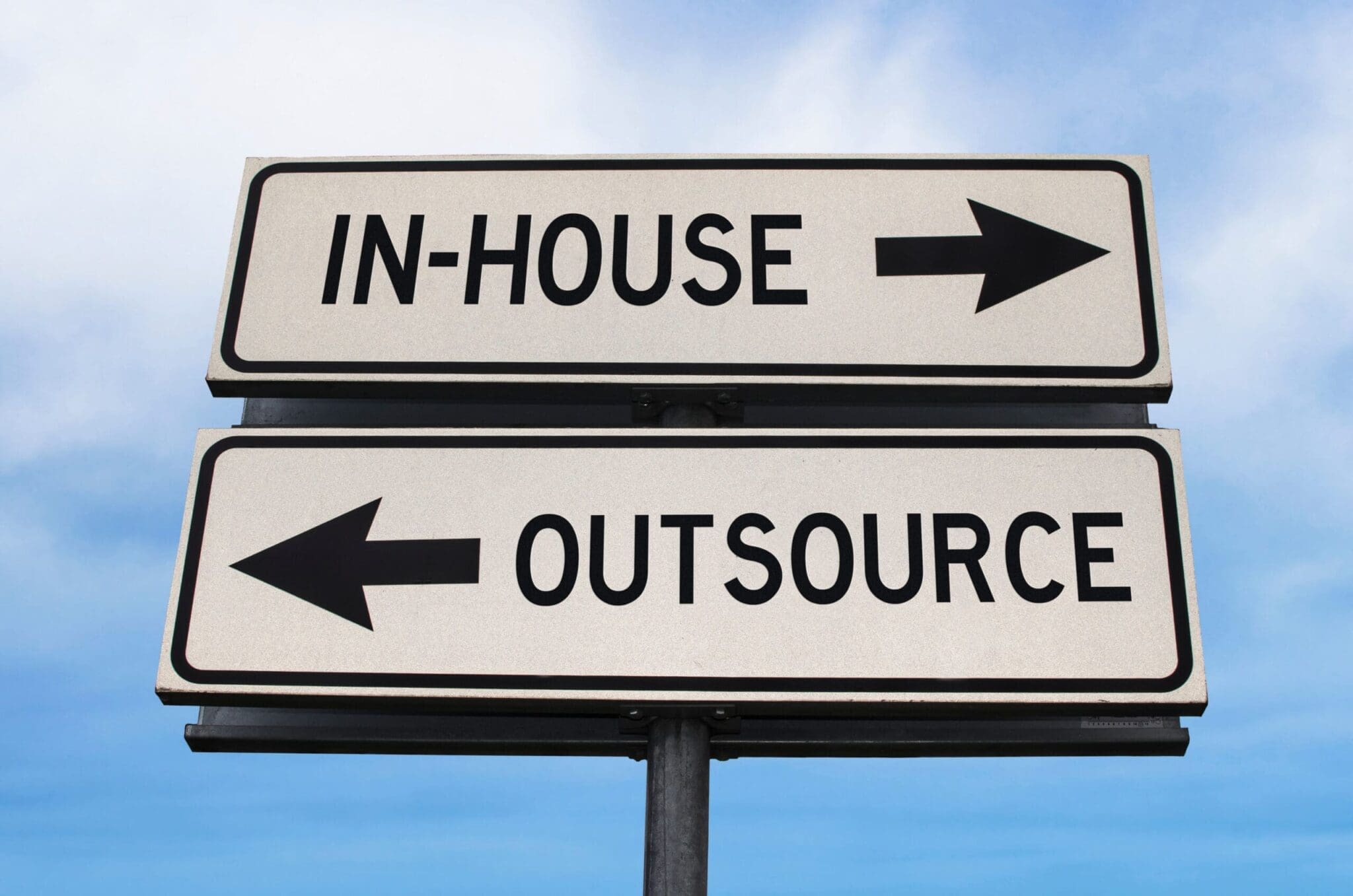Earlier this year, we wrote about a new optimism in Germany. The ifo Business Climate Index had been rising steadily, export expectations were improving, and it seemed that Europe’s largest economy was regaining confidence.
That optimism was not misplaced. Companies were preparing for growth, ready to seize opportunities as demand returned. But new data remind us how quickly circumstances can change.
A Sobering Update: HRI Prognosis 2025
The latest outlook from the Handelsblatt Research Institute (HRI) paints a very different picture:
- Germany is experiencing the toughest economic phase since World War II.
- GDP is expected to shrink for the third consecutive year in 2025 – a historical low in modern times.
- Export competitiveness is declining, and traditional trade partners like the US, France, and China are no longer reliable growth drivers.
- Structural challenges – from ageing demographics to rising costs and bureaucracy – weigh heavily on long-term competitiveness.
The optimism of spring has collided with the structural realities that will define Germany’s economy for years to come.
Between Opportunity and Risk
These two narratives – recovery signals versus long-term decline – are not contradictory. Rather, they illustrate a dual truth about today’s business environment:
- Opportunities persist – demand cycles fluctuate, and moments to grow still appear.
- Risks are escalating – geopolitical uncertainty, fragile supply chains, and structural constraints mean growth is never guaranteed.
For business leaders, the question is not optimism versus pessimism – it is resilience.
Why Supply Chain Risk Management Is Essential
This is where Achilles provides a decisive advantage. In an environment where forecasts can swing from hope to risk in months, resilience is built on visibility and preparation.
With Achilles’ solutions, companies can:
- Identify risks early – from supplier insolvencies to geopolitical dependencies.
- React proactively – by building alternative sources and verified partnerships before crises strike.
- Ensure compliance – with CSDDD, CSRD, and human rights due diligence laws, whatever the economic climate.
- Demonstrate reliability – reassuring stakeholders and investors that resilience is embedded in operations.
Conclusion: Growth Needs a Safety Net
The ifo Index illustrated optimism. The HRI forecast reminds us of risk. Both are true – and both underscore the same lesson: sustainable growth requires a foundation of transparency, foresight, and preparedness.
With Achilles, companies are equipped to navigate uncertainty, seize opportunities, and protect against shocks. This is resilience in action – the kind that turns insight into advantage.


